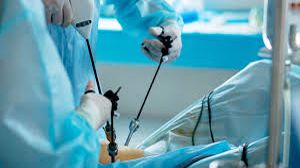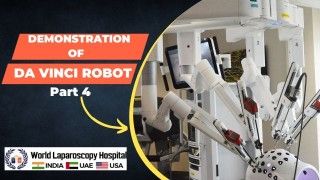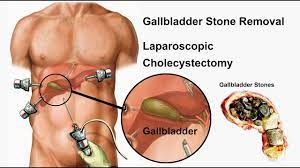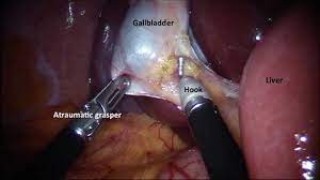Second-Look Laparoscopy: Strategies and Outcomes in Reoperative Cholecystectomy
Add to
Share
21 views
Report
2 days ago
Description
Reoperation after laparoscopic cholecystectomy is one of the most challenging scenarios in minimally invasive surgery, requiring exceptional technical skill, advanced instrumentation, and precise clinical judgment. At World Laparoscopy Hospital (WLH), reoperative biliary surgery is performed with a systematic, safe, and evidence-based approach that reflects decades of global leadership in minimal access training and surgery. Many patients who require reoperation present with complications such as bile duct injury, bile leakage, retained stones, strictures, postoperative bleeding, or incomplete cholecystectomy. These cases demand meticulous dissection in a field marked by dense adhesions, distorted anatomy, and altered tissue planes. WLH follows the internationally recognized principles of safety, including the Critical View of Safety (CVS), fluorescence imaging with indocyanine green (ICG), and intraoperative cholangiography, enabling accurate identification of biliary structures even in complex revision cases. The hospital’s reoperation protocol emphasizes preoperative planning with high-resolution imaging, multidisciplinary discussion, and individualized surgical strategy. Under the guidance of Dr. R. K. Mishra and his expert team, surgeons employ advanced techniques such as adhesiolysis, laparoscopic bile duct repair, Roux-en-Y reconstruction, and laparoscopic management of remnant gallbladder or cystic duct stump syndrome. What sets WLH apart is its combination of clinical excellence and teaching expertise. Every reoperative surgery becomes a learning opportunity for surgeons worldwide, who observe how difficult biliary anatomy can be safely restored using minimal access techniques. Reoperation of laparoscopic cholecystectomy at World Laparoscopy Hospital therefore represents the highest standard of surgical precision, innovation, and patient-centered care—delivering safe outcomes in some of the most demanding cases in biliary surgery.
Similar Videos






